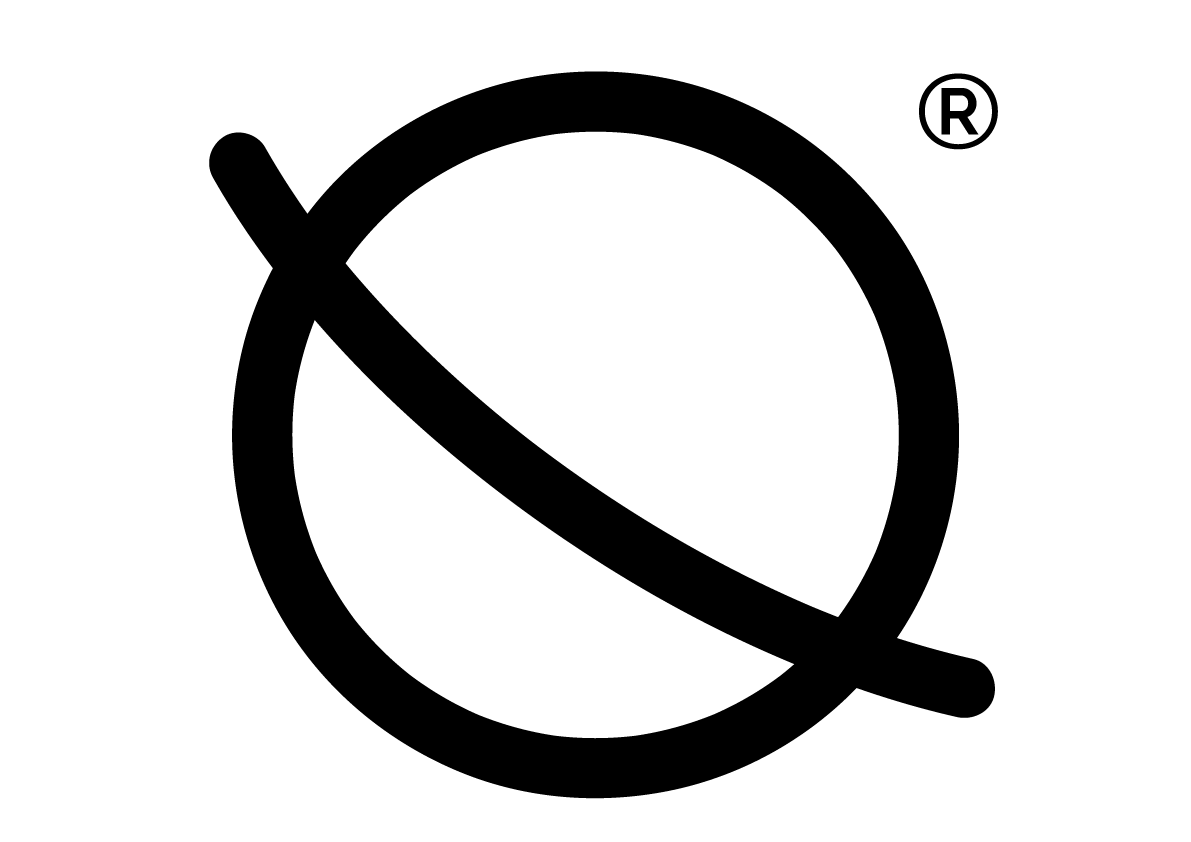Cardio exercises to work up a sweat: do you know your HIIT from your LISS?
In a world where we seem to have an acronym for everything you may have heard of two in particular in the gym or in online classes: HITT and LISS. So just what are they, and how do these two types of cardio differ?
Well, the easiest way to think of the two is by thinking of the 100m sprint vs the marathon:
HIIT - The 100m sprint
HIIT stands for High Intensity Interval Training – it is ‘short burst’ exercises such as regularly spaced sprints. The idea of HIIT is to do very high intensity exercise for short periods of time, followed by short rest periods, repeated for a number of sets. An example of a HIIT training routine might be 30-seconds sprint at full speed followed by 30-seconds rest (or slow walking), repeating this for a total of 20 minutes.
The aim of HIIT is to raise the heart rate to consistently high levels for the period of the workout causing your body to enter a high fat burning state. Due to an effect called ‘Excess Post Exercise Oxygen’ your metabolism remains raised for hours after a HIIT workout, meaning you burn calories for hours after the cardio has finished. Gym classes such as spin cycle classes or Virgin Active’s grid are examples of a HIIT training, but it can be done with nearly any exercise that gets your heart rate high.
LISS - The marathon
LISS at the other end of the cardio spectrum, stands for Low Intensity Steady State, which can be thought of as your ‘long distance’ style cardio. While HIIT is your high intensity on-off workout, LISS is about exercising at the same pace for longer periods of time. An example would be swimming, cycling or cross trainer at a steady speed for 40 minutes. Another example could be certain types of yoga or Pilates if the heart rate is high enough.
The aim of LISS is to keep the heart rate at a constant level (50-65% of your maximum heart rate) for about 45mins to an hour, without any rest in between. Steady-state training improves your body’s ability to use fat as fuel instead of using glycogen stored in your muscles, as such it helps with fat distribution and therefore aids fat burning. Another benefit is that LISS is appropriate for all fitness levels as it is less stressful on the body and heart.
So which is best?
To make one thing clear, both forms of cardio are good for you! Both increase your aerobic / anaerobic fitness, both reduce body fat while improving blood pressure and general cardiovascular health.
If efficiency is your end goal, HIIT is definitely the answer. By keeping the heart rate very high, HIIT burns calories and body fat at the highest rate per hour (some burn up to 1000 calories per hour) but HIIT can not be maintained for as long as LISS.
If you like longer cardio sessions or endurance events, then LISS might be better suited for you. By having long and steady workouts at a consistent heart rate, it can help burn down fat and improve physical stamina whilst not putting too much pressure on your heart and body. Saying that, it can be easier to get bored.
As with most types of exercise, what works for one person, may not work well for another - so give both a go and see which you prefer to help you reach your training goals. Even better, why not try mixing both during the week and experience the different benefits these two cardio exercises bring!


